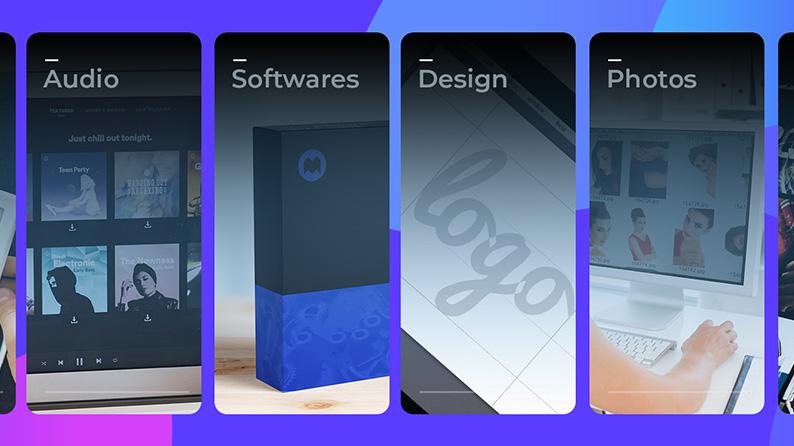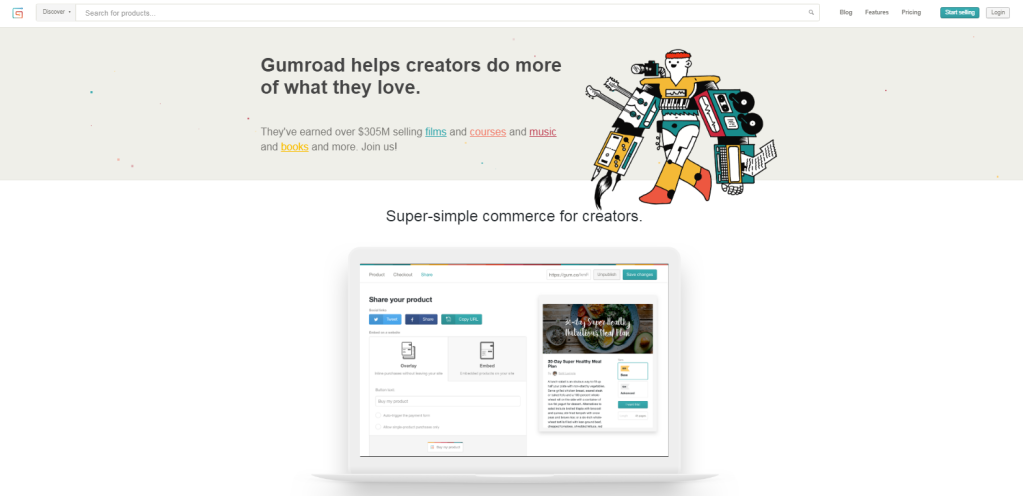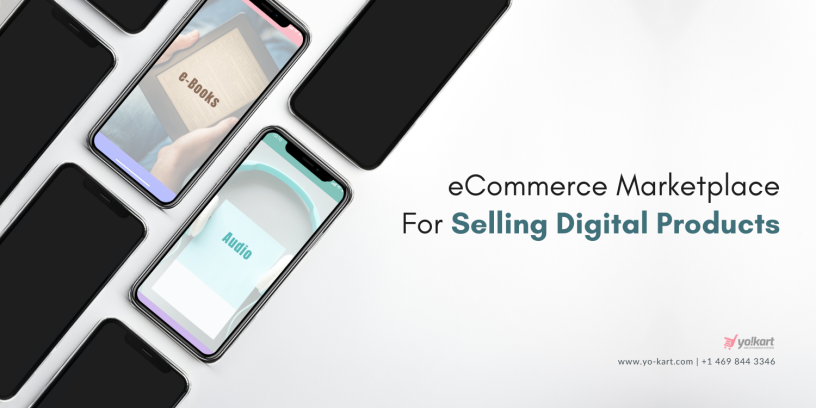Digital goods are the products or services that cannot be held or touched but, everyone is consuming them.
Since the digital world has come into existence, people have developed multiple ways to convert physical products into digital. Hardcover books became e-books and now we have the option of audiobooks as well. CD, VCR, and cassettes are out of trend as now we can download music/video on our devices. Similarly, the hard copy photographs are now digital pictures.
So, the demand for digital products is increasing day by day and online marketplaces for digital goods make more sense in the current scenario.
The risk of opening a digital goods marketplace is much less than launching an eCommerce store for physical products. Let’s understand how:
- the whole supply chain of digital products is online
- the entrepreneur does not have to maintain the inventory
- no hassle about the delivery channels
By the time you finish reading this blog, you will be able to answer,
- What are Digital Goods & their types?
- Who are the market leaders of Digital Goods Marketplace?
- How does a Digital Goods Marketplace work?
- How to start a Digital Goods Marketplace?
Digital Goods and their Categories

Digital Goods are the intangible products/services that require one-time production and the same product/service can be sold multiple times. The producer of these goods does not need to restock the inventory.
Usually, digital products are available in various downloadable/streamable formats like MP3, Videos, PDFs, plug-ins, etc. These products can be split up into multiple categories and these categories are:
- Ebooks
- Audio/Music
- Video
- Design/Templates
- Digital Photos
- IT and Softwares
- Online Courses
- Documents
- Applications
- Online Coaching/Training
The Digital Products Marketplace has a lot of scope and opportunities that entrepreneurs can tap into. An aspiring eCommerce marketplace owner can either launch a niche-specific multi-vendor platform or a complete digital products marketplace including all the above-mentioned categories.
Digital Goods eCommerce Market Leaders
There are so many different marketplaces that sell Digital Goods online. Some of them are completely niche-specific while others are dealing with multiple digital products. Let’s take a look at the market leaders through the following image:
How does a Digital Goods Marketplace work?
Most of the eCommerce marketplaces have a similar workflow but the Digital Goods Marketplace has a unique business model. However, the revenue model remains similar to the other eCommerce marketplaces.
Let’s proceed and understand the Business Model as well as the Revenue Model of Digital Products Marketplace.
Business Model
As discussed earlier, the sellers of digital goods do not need to keep the stock for selling products/services. The buyer can either own the digital good or acquire the license for using it.
Since the product categories of digital goods are so different from each other, the business model also varies. Here I am listing a few of them:
- Buy Once Business Mode – e.g. Purchasing a logo design from Logomood
- Monthly Membership – e.g. Netflix Subscription
- All Access – e.g. Kindle (We get 10% of the book for free but we have to purchase the book for all access)
Revenue Model
More or less, the revenue model for an online marketplace selling digital goods remains similar to the other eCommerce marketplaces. The primary sources of revenue are:
- Display Ads
- Commission
- Membership/Subscription
How to Start a Digital Goods Marketplace?
It is important to choose the right digital capabilities to build an eCommerce marketplace. There are 3 ways to build any kind of eCommerce marketplace. What will be the best method for you will depend on:
- What kind of marketplace are you building?
- What is your budget?
- What are your technical capabilities and resources?
Following are the 3 ways to build an eCommerce marketplace for digital products:
Even if you have no technical knowledge or resources to develop your website yourself, you can still own an eCommerce website/app. There are ready-made solutions that provide an easy way to launch marketplaces or you can simply hire a developer.

You should ensure that all the essential features of a Digital Product Marketplace should be integrated into the marketplace. The must-have features are:
- Hassle-free Registration/Login
- Secure Download
- Review And Rating
- Return And Refund
- Multi-Currency And Multilingual Functionality
- Marketing Features
- Search Functionality
- Secure Marketplace
- Payment Gateways
- Product Catalog
Choosing a ready-made digital marketplace solution like Yo!Kart over hiring a team of developers is a far better option because the former option is cost-effective, easy to implement, scalable and it also allows you to check free trials and demos. Yo!Kart can help you build a digital product marketplace like Gumroad, AliExpress, or Lazada in a matter of a few days.
Content Source: https://www.yo-kart.com/launch-digital-products-marketplace.html

